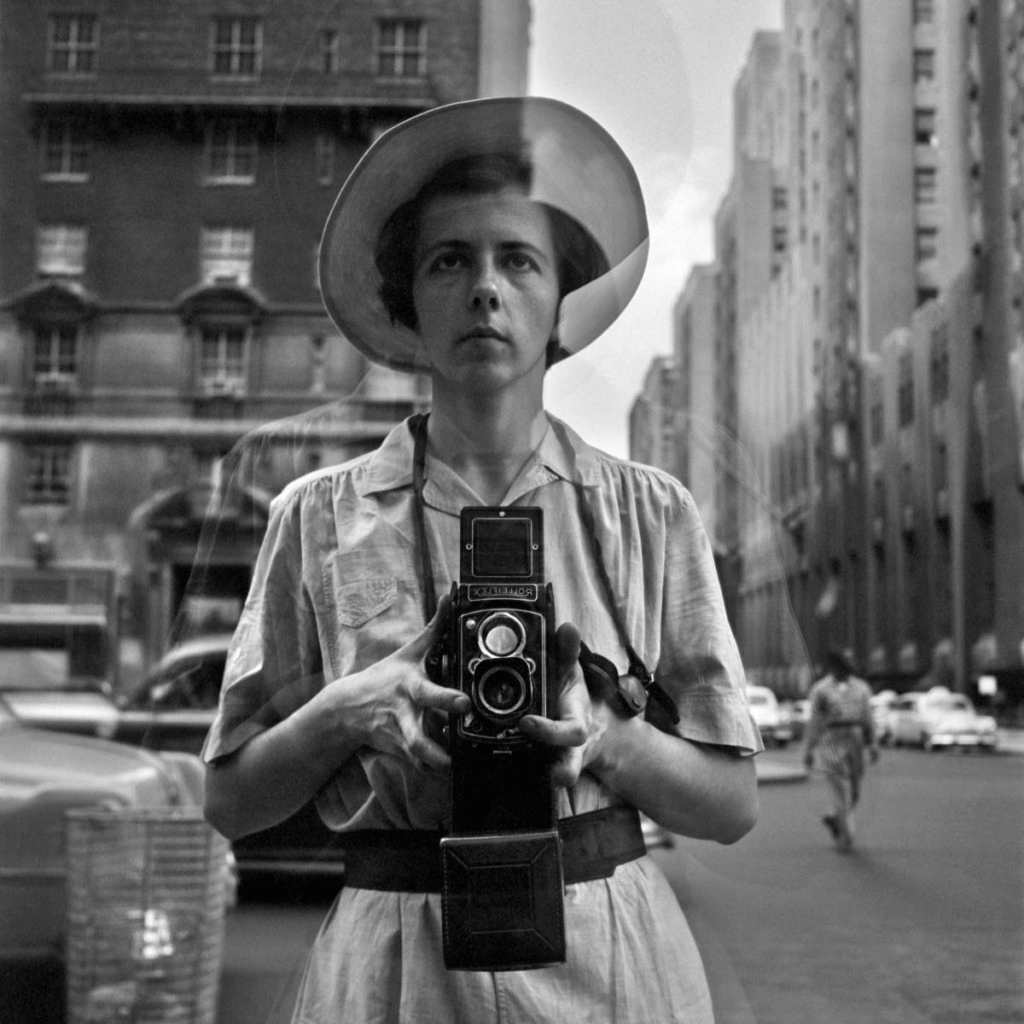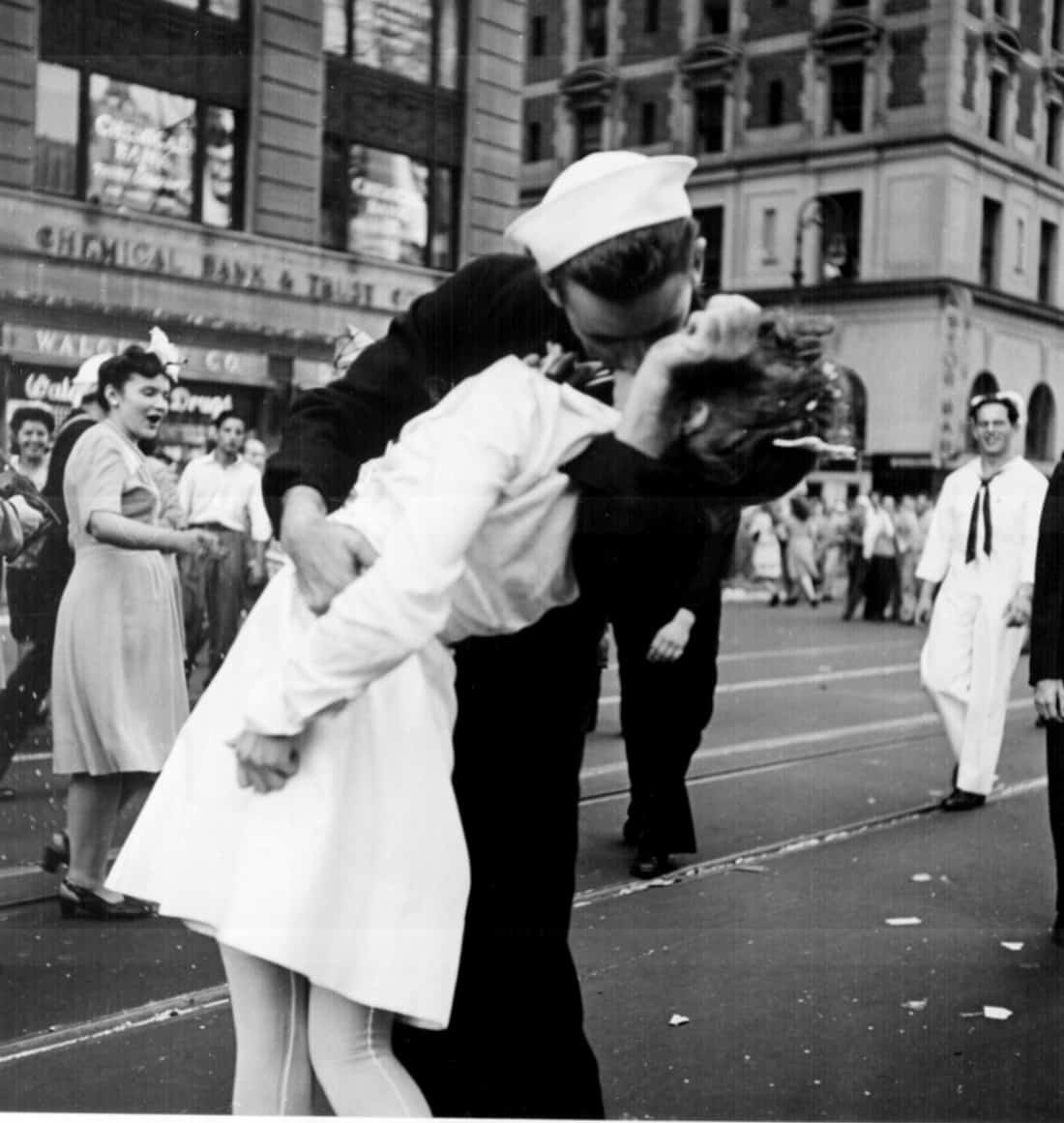The Basic Principles Of Framing Streets
10 Easy Facts About Framing Streets Explained
Table of ContentsFascination About Framing StreetsFascination About Framing StreetsExamine This Report on Framing StreetsThe Basic Principles Of Framing Streets

Both at the Gallery of Modern Art (Mo, MA). Motivated by Frank, in the 1960s Garry Winogrand, Lee Friedlander and Joel Meyerowitz started photographing on the streets of New york city. Phil Coomes, writing for BBC Information in 2013, said "For those of us interested in road photography there are a few names that stick out and among those is Garry Winogrand"; movie critic Sean O'Hagan, writing in in 2014, claimed "In the 1960s and 70s, he defined street digital photography as an attitude along with a design and it has laboured in his shadow since, so definitive are his photographs of New york city." Returning to the UK in 1965 from the United States where he had met Winogrand and embraced street digital photography, Tony Ray-Jones turned a wry eye on frequently unique collections of British individuals on their holidays or joining events.
Road digital photography is a large category that can be specified in many ways, yet it is commonly characterized by the spontaneous recording of an unrepeatable, fleeting minute, usually of the day-to-day going-ons of unfamiliar people. It is characteristically shot with bigger angle lenses (e. g. 35mm) and usually includes metropolitan settings.
The Facts About Framing Streets Uncovered
Documentary professional photographers commonly have actually a specified, conscious message and an intent to videotape certain events in background (https://folkd.com/profile/framingstreets1). The range of the docudrama technique includes aspects of journalism, art, education and learning, sociology and history. In social examination, docudrama pictures are often planned to prompt, or to highlight the need for, social adjustment
Street photography is generally seen as unposed and honest, but there are a few road professional photographers who connect with unfamiliar people on the streets and take their portraits. Street portraits are unexpected portraits taken of strangers while out doing street photography, however they are viewed as posed because there is communication with the topic.
Photographing people and areas in public is lawful in a lot of countries securing freedom of expression and journalistic flexibility. There are typically limits on just how photos of individuals may be used and most nations have particular regulations regarding people's personal privacy.
Not known Facts About Framing Streets
The right to personal privacy is protected by Short article 8 of the convention. In the context of photography, it stands at probabilities to the Write-up 10 Of flexibility of expression. Courts will typically think about the public interest in stabilizing the civil liberties via the lawful examination of proportionality. While additionally limiting digital photography in order to secure personal privacy legal rights, road photography can still be legal in France when gone after as an art type under certain situations.

. that simply roamed into a scene), or that are not also recognizable in the photo. https://hub.docker.com/u/framingstreets1. It also does not usually reach individuals who are somebodies (e. g - copyright a9iii. political leaders or stars). If a picture is taken into consideration art, the courts will certainly also consider the digital photographer's liberty of creative expression; meaning that "artistic" street digital photography can still be lawfully published in particular situations
Not known Facts About Framing Streets
In Greece the right to take photos and release them or offer licensing legal rights over them as great art or editorial content is secured by the Constitution of Greece (Article 14 and other write-ups) and totally free speech regulations as well as by situation regulation and lawful cases. Photographing the authorities and releasing the photographs is also lawful.
In Hungary, from 15 March 2014 any individual taking photos is technically breaking the law if someone wanders into shot, under a new civil code that outlaws taking pictures without the permission of everyone in the picture - Street photography. This expands the regulation on authorization to include the taking of photos, along with their magazine
'Hidden digital photography' (kakushidori hidden, surreptitious photography) 'swiped digital photography' (nusumitori without any intent of getting approval) and "rapid digital photography' (hayayori prior to approval and rejection can be offered) are restricted unless in the previous permission is gotten from the subject instantly after taking the image. Individuals have civil liberties to their click to find out more images (shzken, droit de image).